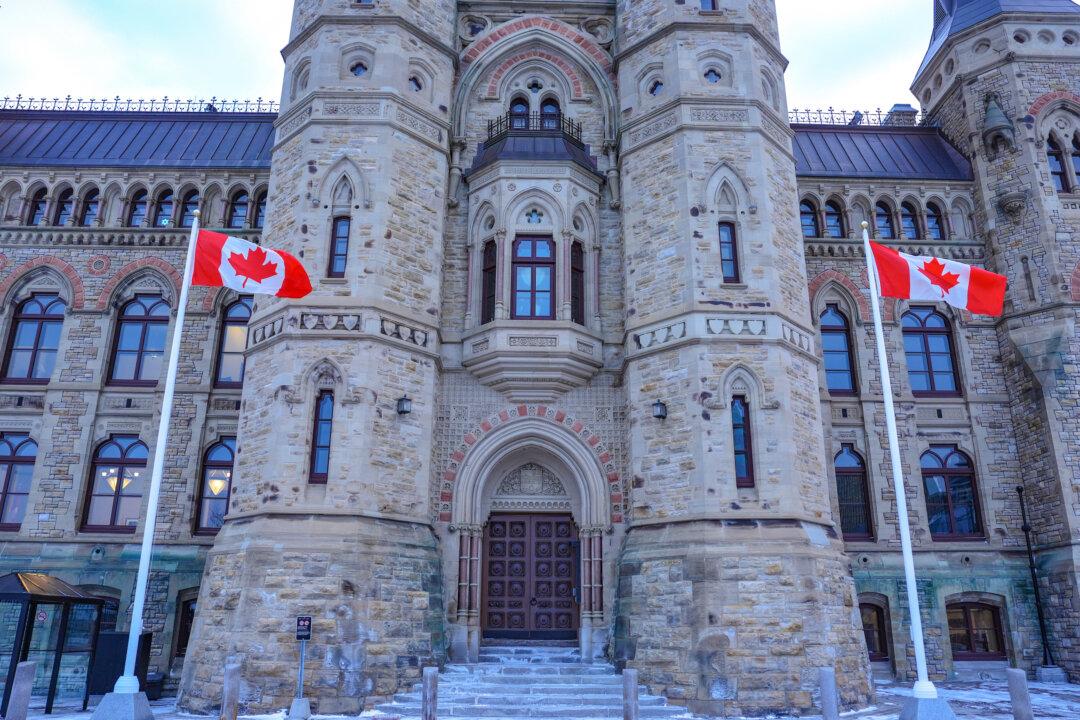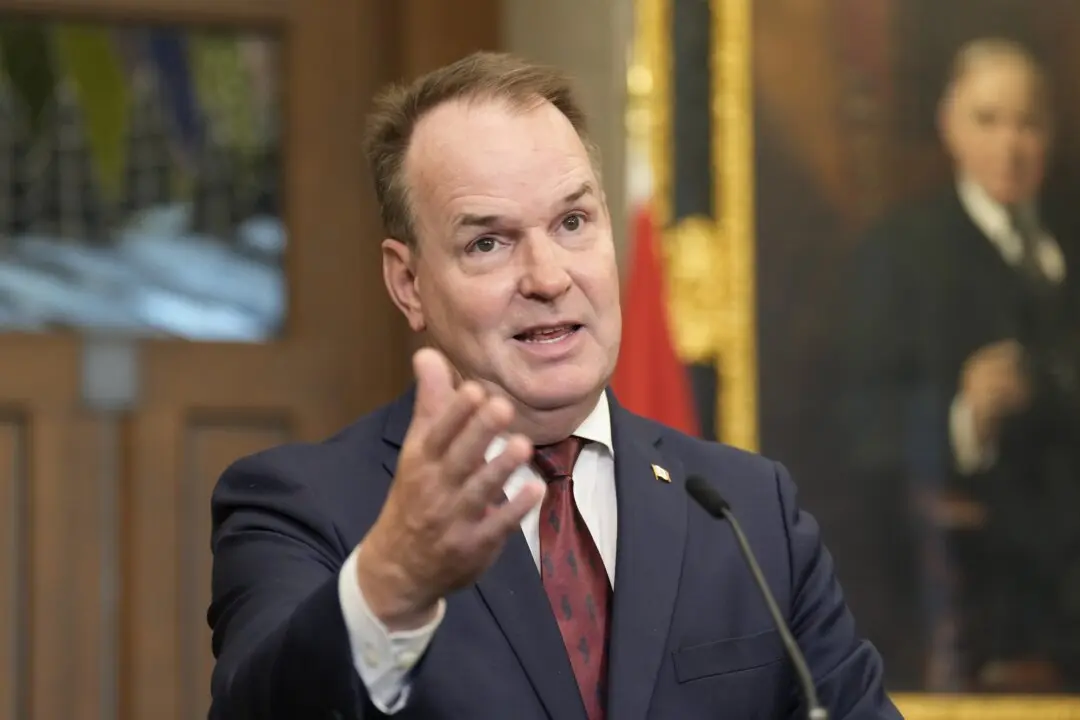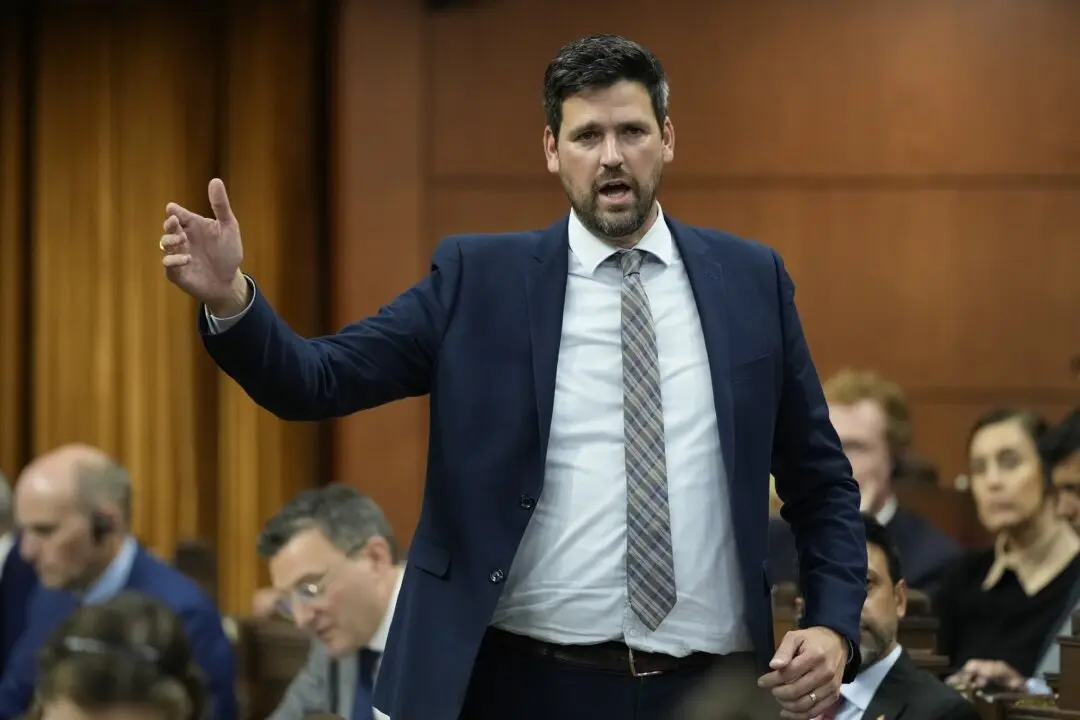Given Prime Minister Justin Trudeau’s plan to resign after a new Liberal Party leader has been chosen, Canadians could face a period during which the most powerful position in the country is occupied by someone who’s unelected.
There are currently two potential candidates to replace Trudeau who do not hold a seat in the House of Commons: former central banker Mark Carney and former Liberal MP Frank Baylis.





